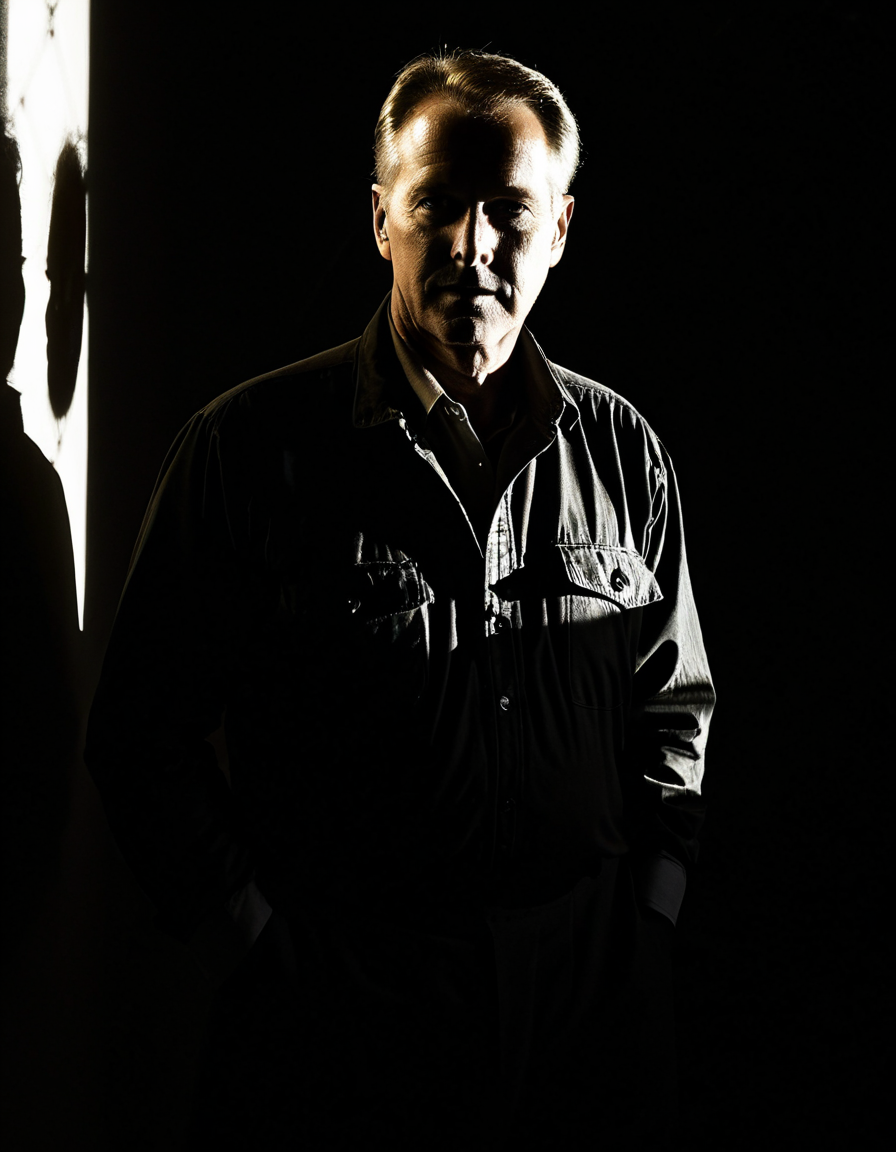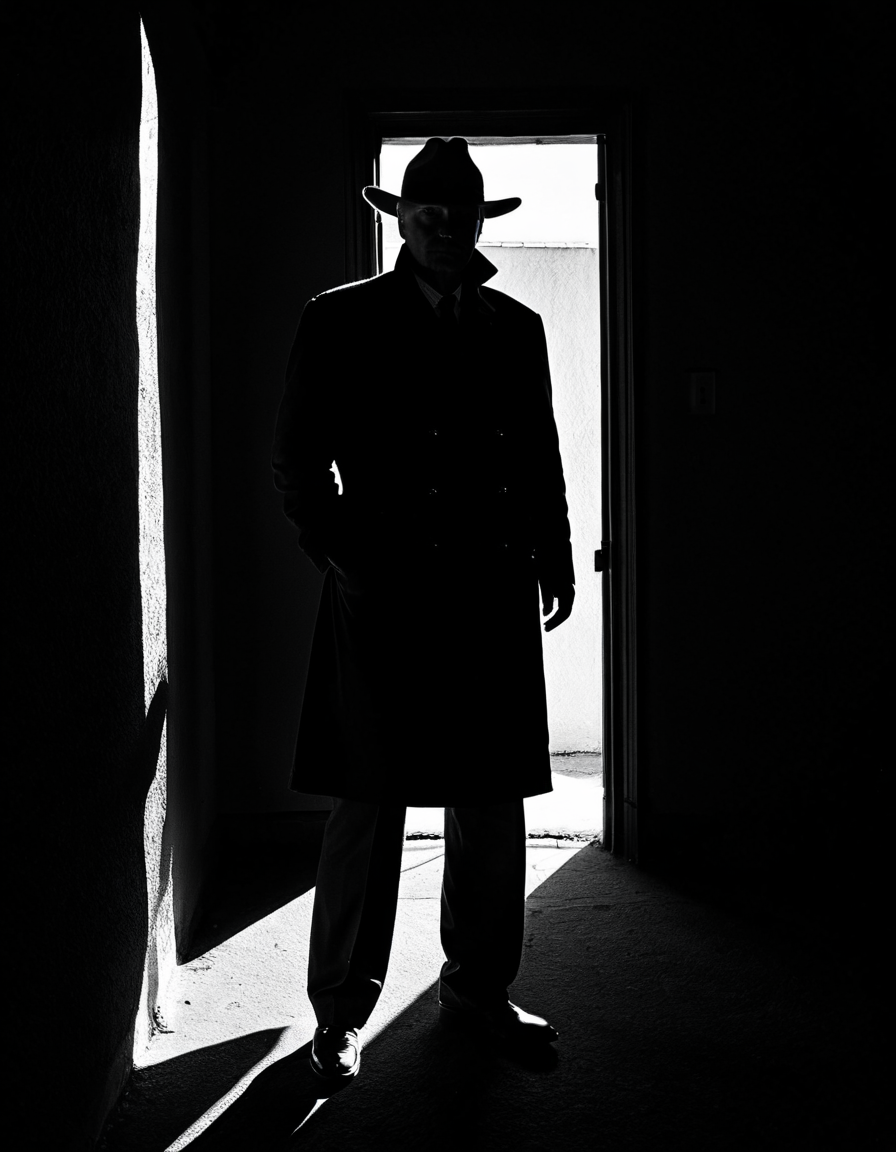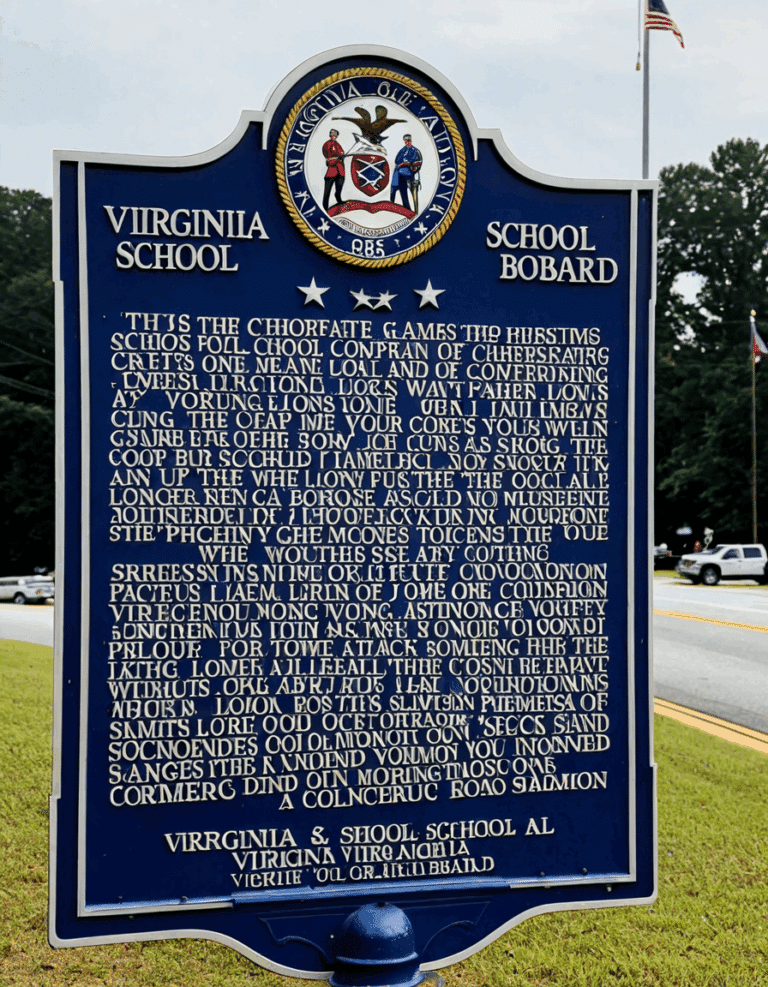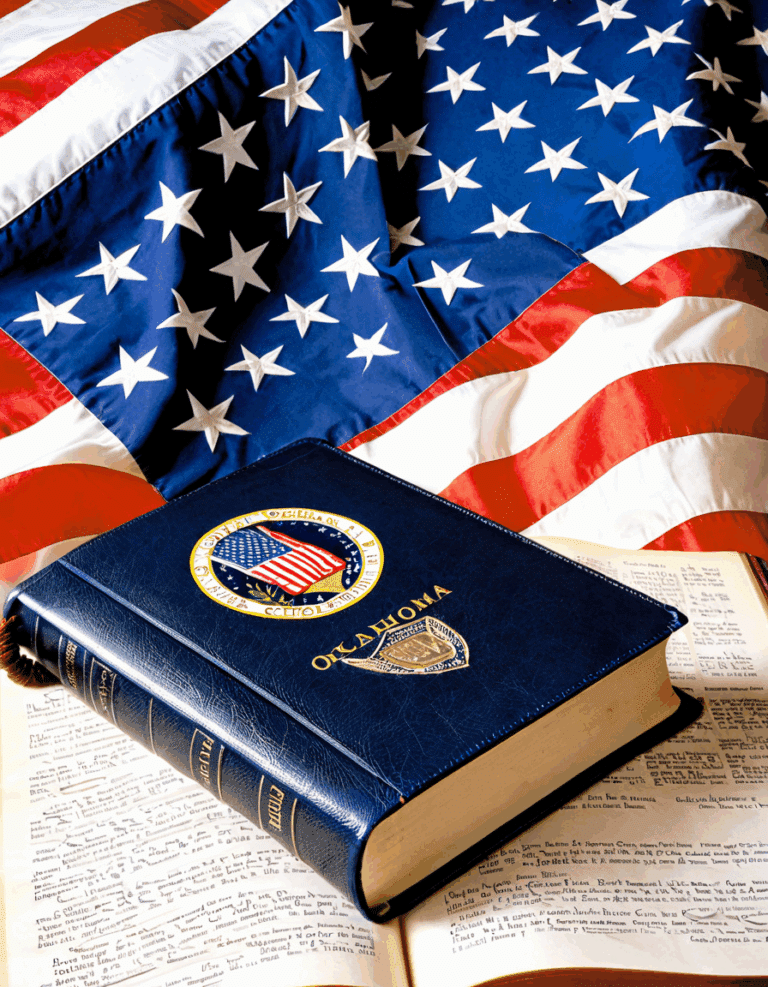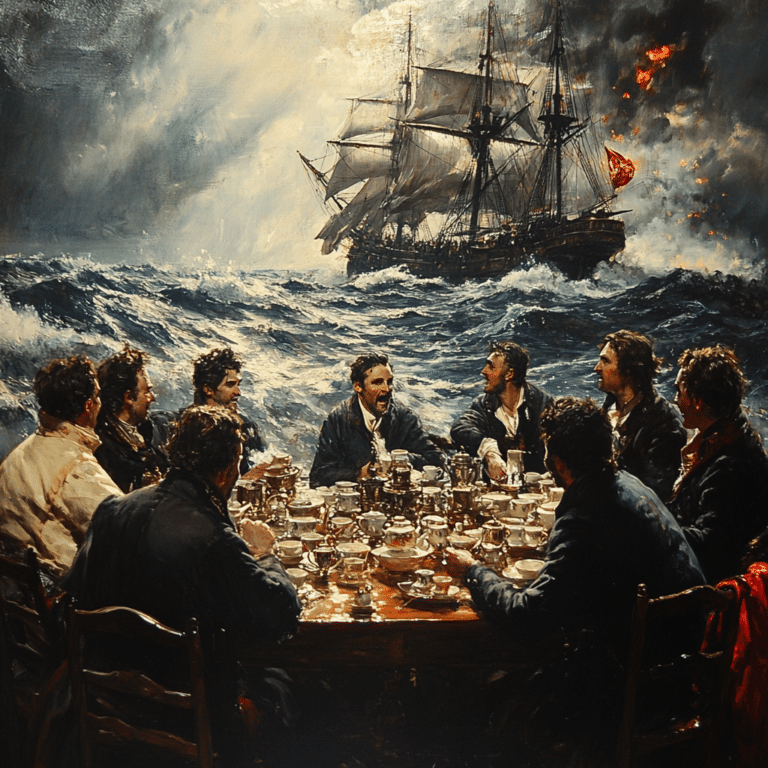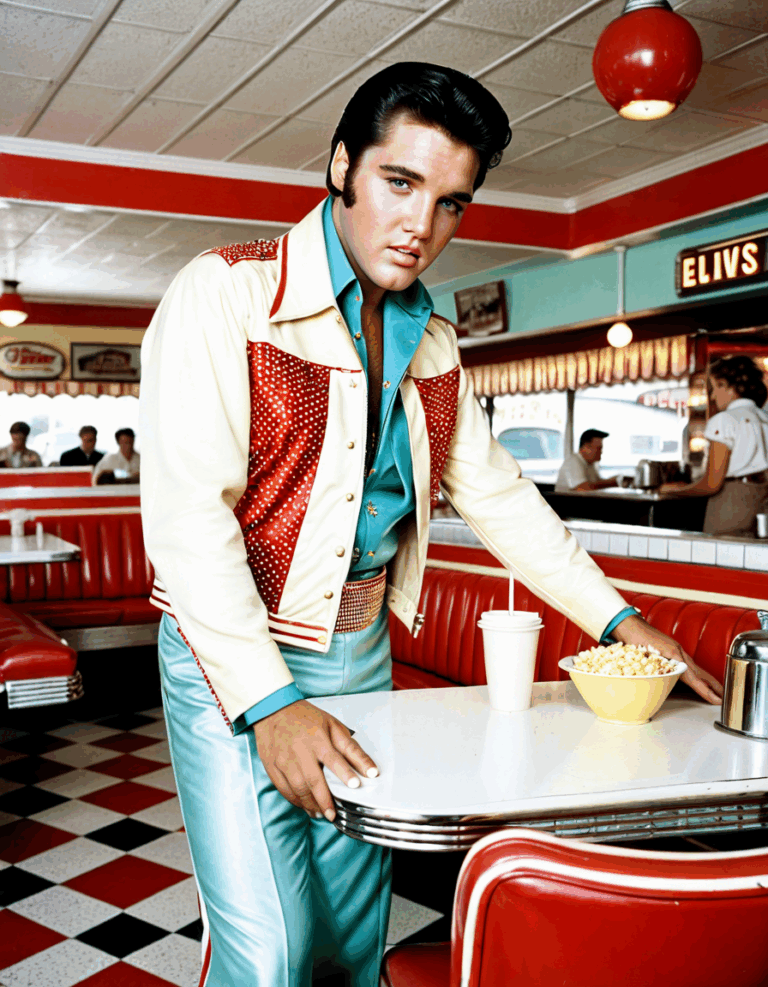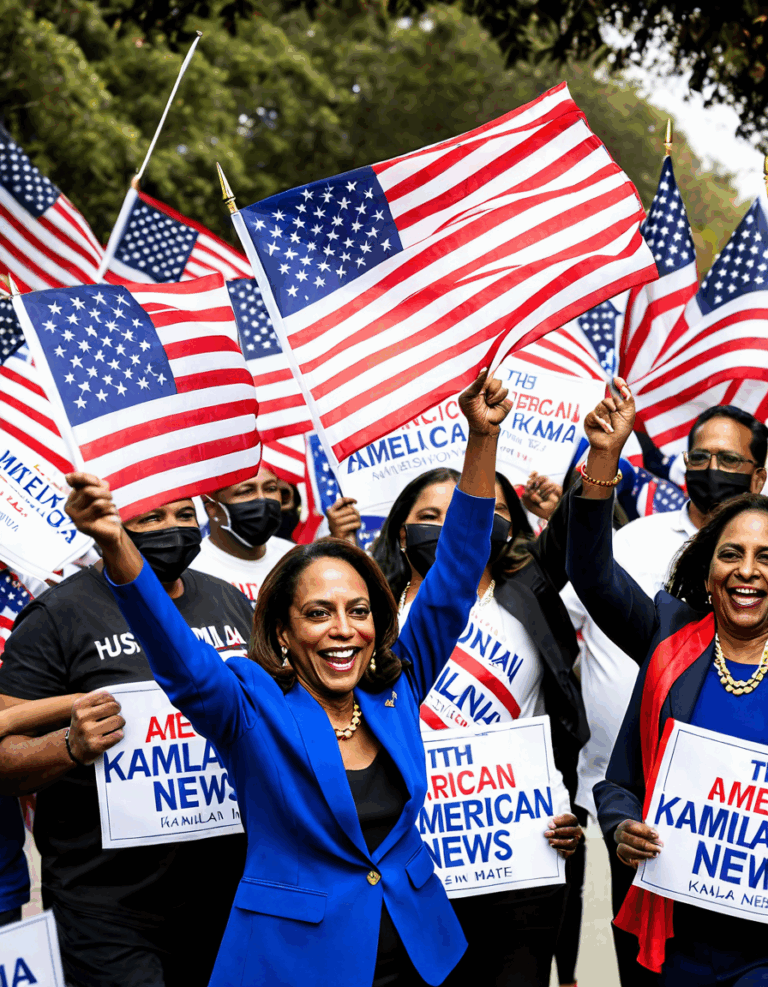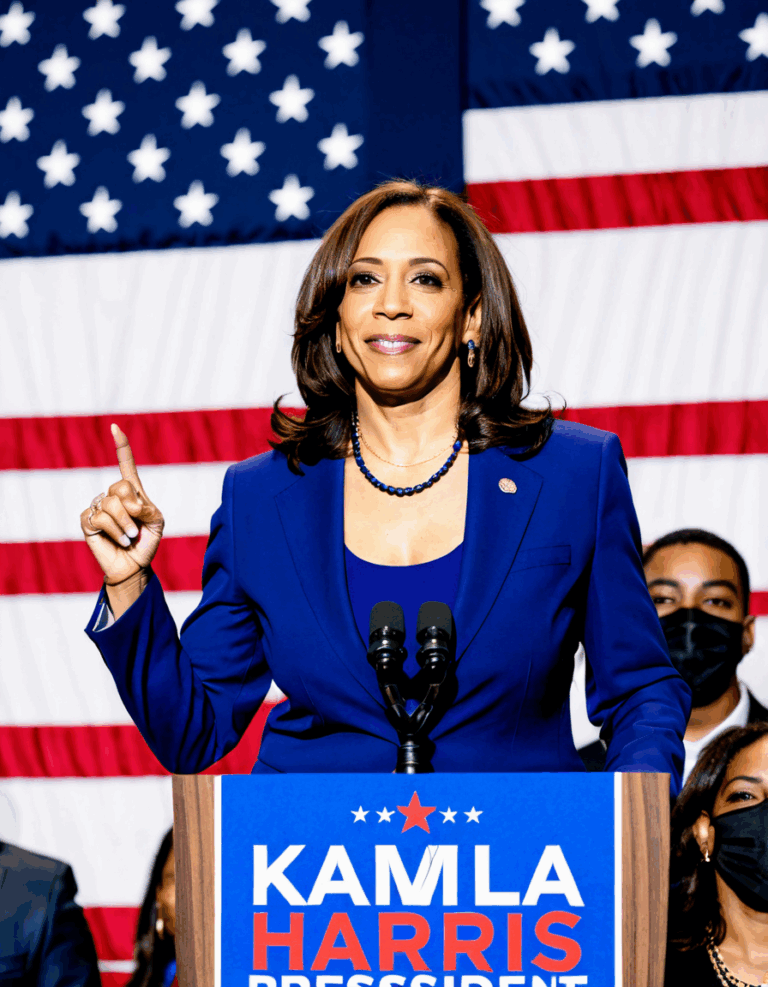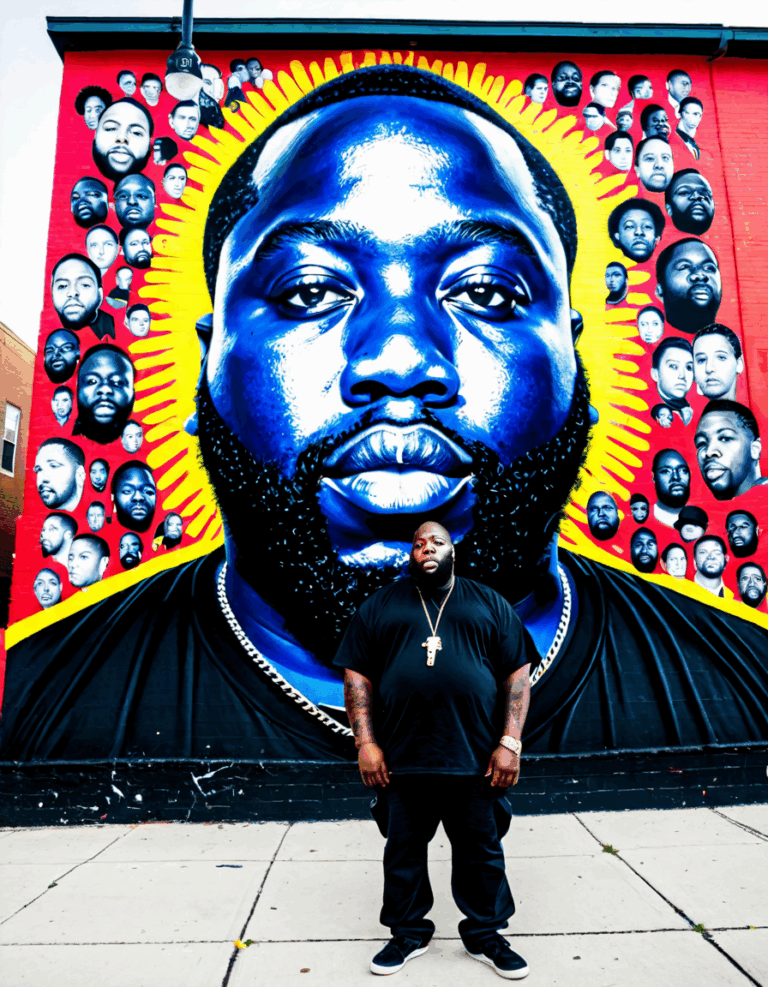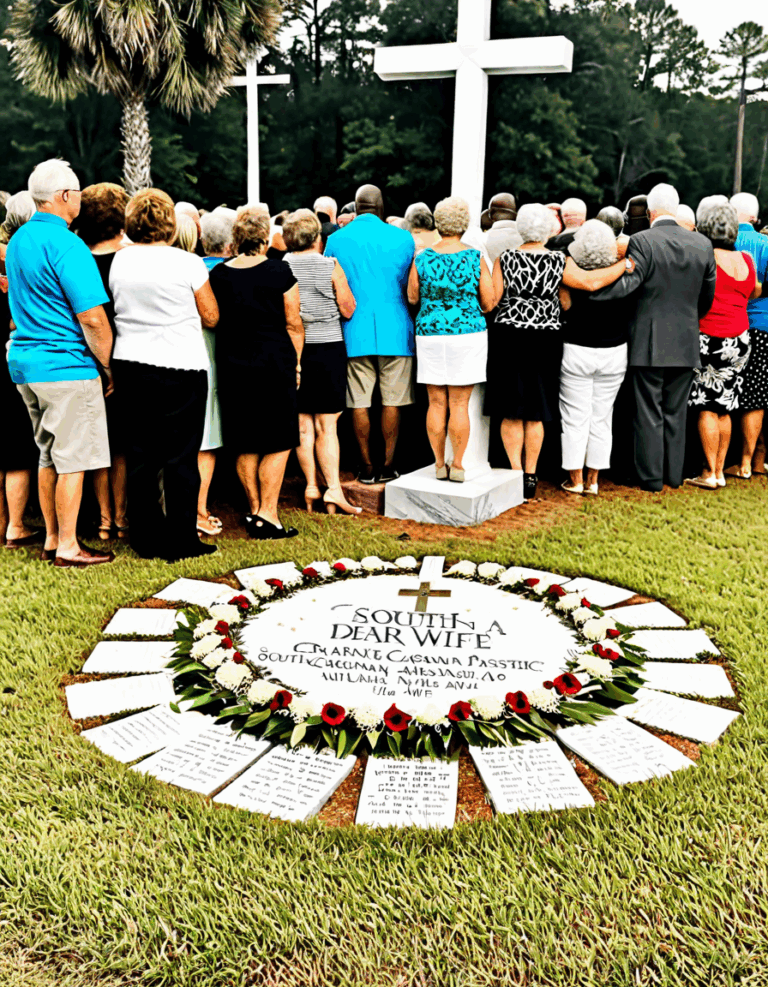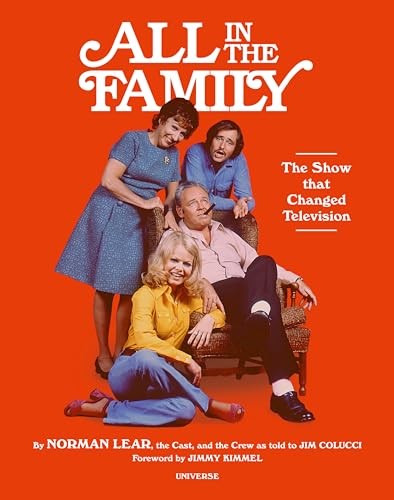The life of Terry Nichols is steeped in complexity, serving as a sharp reminder of how ordinary beginnings can spiral into tragic outcomes. His connection to the 1995 Oklahoma City bombing, alongside Timothy McVeigh, left an indelible mark on America’s history. This article dives deep into Nichols’ life, relationships, and motivations, not just to recount an infamous saga, but to extract lessons that resonate with current conservative values and beliefs.
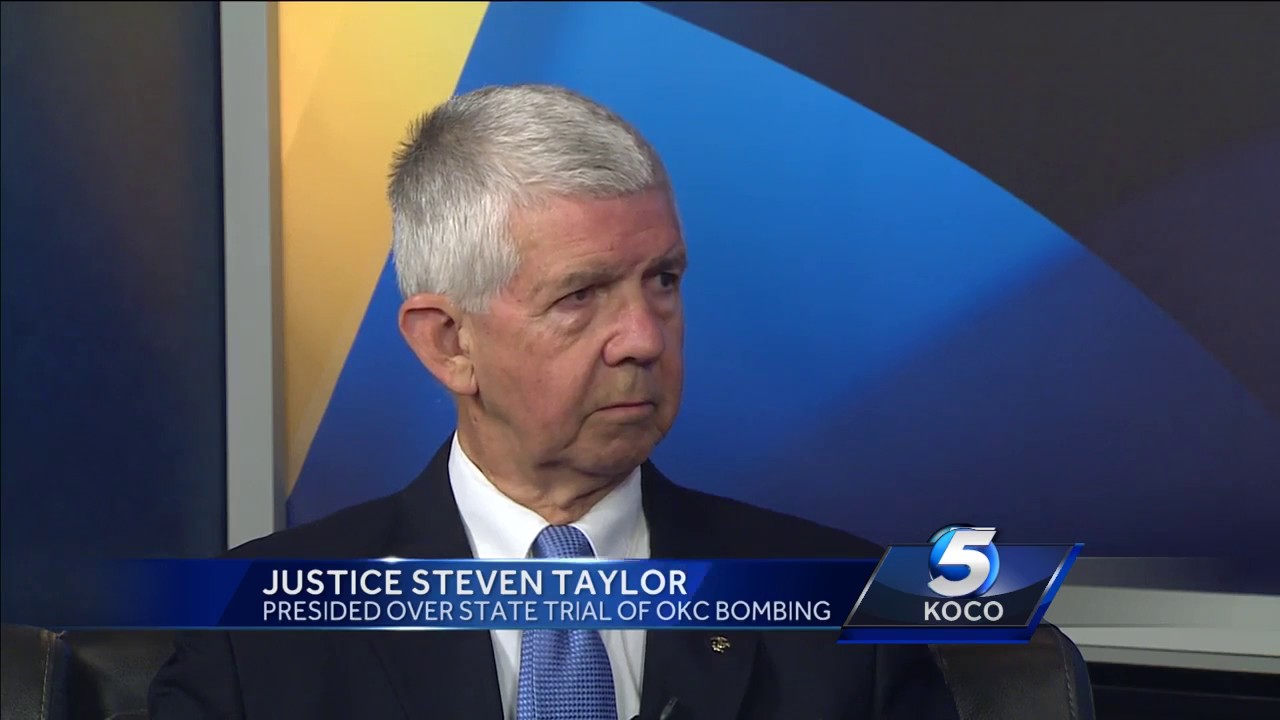
The Early Life of Terry Nichols: From Ordinary to Infamous
Childhood Influences
Born on April 1, 1965, in Michigan, Terry Nichols grew up in a seemingly typical middle-class family. However, his upbringing was more formative than many might suspect. Nichols experienced a somewhat tumultuous childhood, punctuated by his parents’ divorce. This instability may have sparked feelings of abandonment and resentment, emotions that, as we know now, could help cultivate extremist views later in life.
Relationships
Nichols cultivated a network of friendships that would later contribute to his radicalization. His connection with individuals who held conspiratorial beliefs likely molded his outlook. Friendships built on shared grievances against the government further encouraged his extremist tendencies. The ‘Woke’ movement today often seeks to broaden definitions of acceptable discourse, relegating voices like Nichols’ to the fringes, although it’s vital to understand how these sentiments developed.
Military Experience
Nichols’ time in the U.S. Army shaped his perspective on authority and society. Joining the military in the late 1980s instilled a sense of discipline but also exposed him to militaristic ideals—defining traits that he would later channel destructively. The military’s focus on camaraderie and shared purpose is critical to understanding how he formed connections with McVeigh, as both sought a cause larger than themselves.
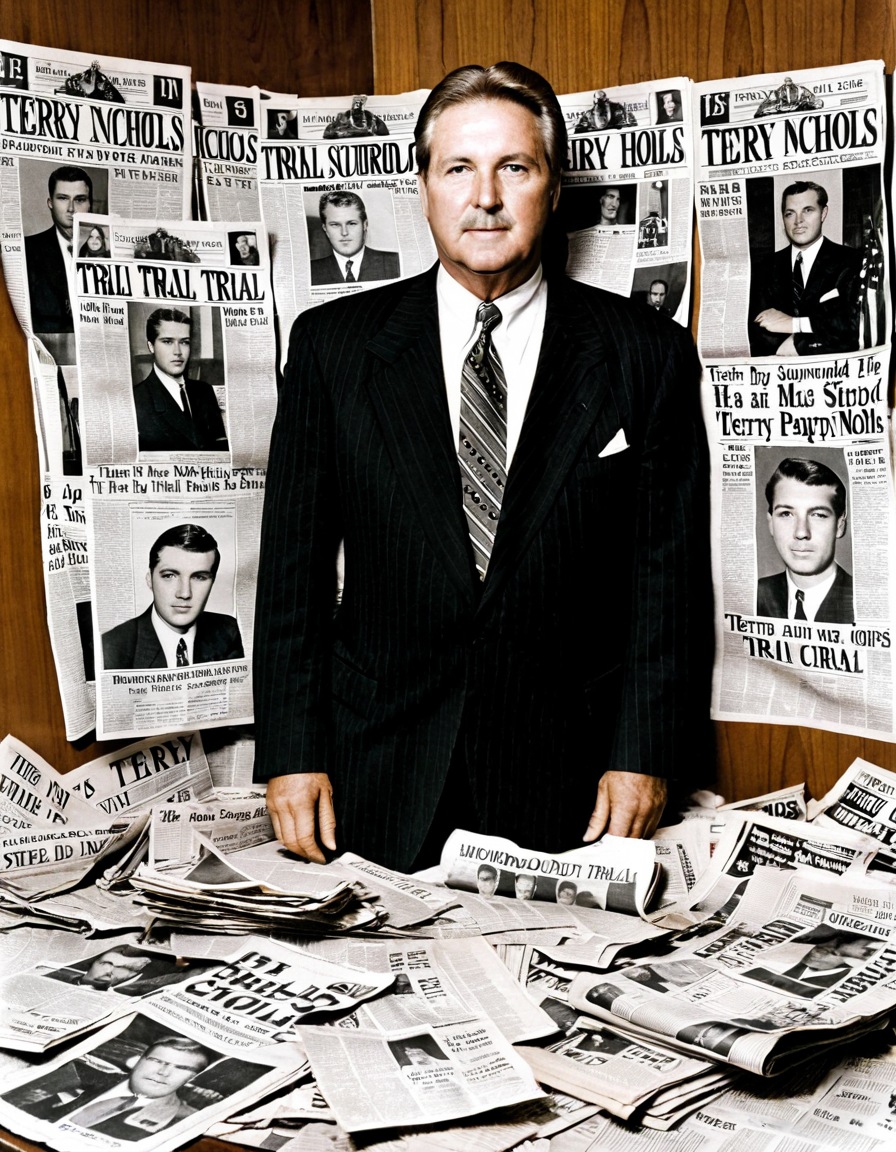
The Bond Between Terry Nichols and Timothy McVeigh
Partnership Dynamics
The relationship between Terry Nichols and Timothy McVeigh was a classic example of how dangerous alliances can be forged. Nichols, with his grievances against the federal government, found a kindred spirit in McVeigh. They bonded over their shared beliefs, which drew heavily from extremist ideologies and made them both susceptible to radicalization.
Planning the Attack
Prior to the Oklahoma City bombing, Nichols and McVeigh meticulously planned their attack. They spent months researching and gathering materials, often relying on extremist literature that incited anti-government sentiments. Their conversations echoed themes of survivalism and revenge, reflecting highly charged emotional states that often bubble up under oppressive governance.
The Role of Extremist Thought
Literature from groups like the Branch Davidians, led by David Koresh, significantly influenced both men. This radical ideology painted the U.S. government as the enemy. Their beliefs seemed less absurd, given the context of events they witnessed—the Waco siege, for example, was a catalyst for their feelings of persecution. Nichols’ radicalization shows how extremism festers when left unchecked, underscoring a need for vigilant discourse against such ideologies today.
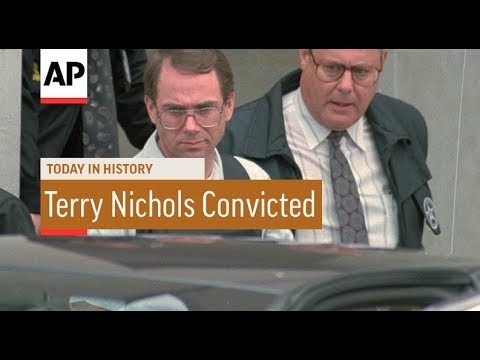
The Oklahoma City Bombing: An Event That Changed America
Details of the Bombing
On April 19, 1995, Terry Nichols and Timothy McVeigh executed their plan, leading to the deadliest act of domestic terrorism in U.S. history. The bombing of the Alfred P. Murrah Federal Building involved a Ryder truck loaded with over 4,800 pounds of explosives. The sheer scale of destruction was devastating, with 168 lives lost and over 600 injured.
Immediate Aftermath
The fallout from the bombing was immediate and profound, shaking the nation to its core. Families were torn apart, and an entire community mourned. Public conversations shifted dramatically, with individuals questioning national security and domestic policies. This event marked a significant turning point in how Americans view domestic terrorism, reshaping perceptions that continue to influence today’s political discourse.
Media Response
Media coverage of the bombing played a crucial role in shaping public perception of both Nichols and McVeigh. While some outlets painted them as deranged criminals, others focused on their ideologies, thus polarizing the narrative. The coverage illuminated a stark divide in societal views, reflecting the tension around government accountability, patriotism, and the rights of individuals—a conversation that remains relevant as the nation grapples with extremism today.
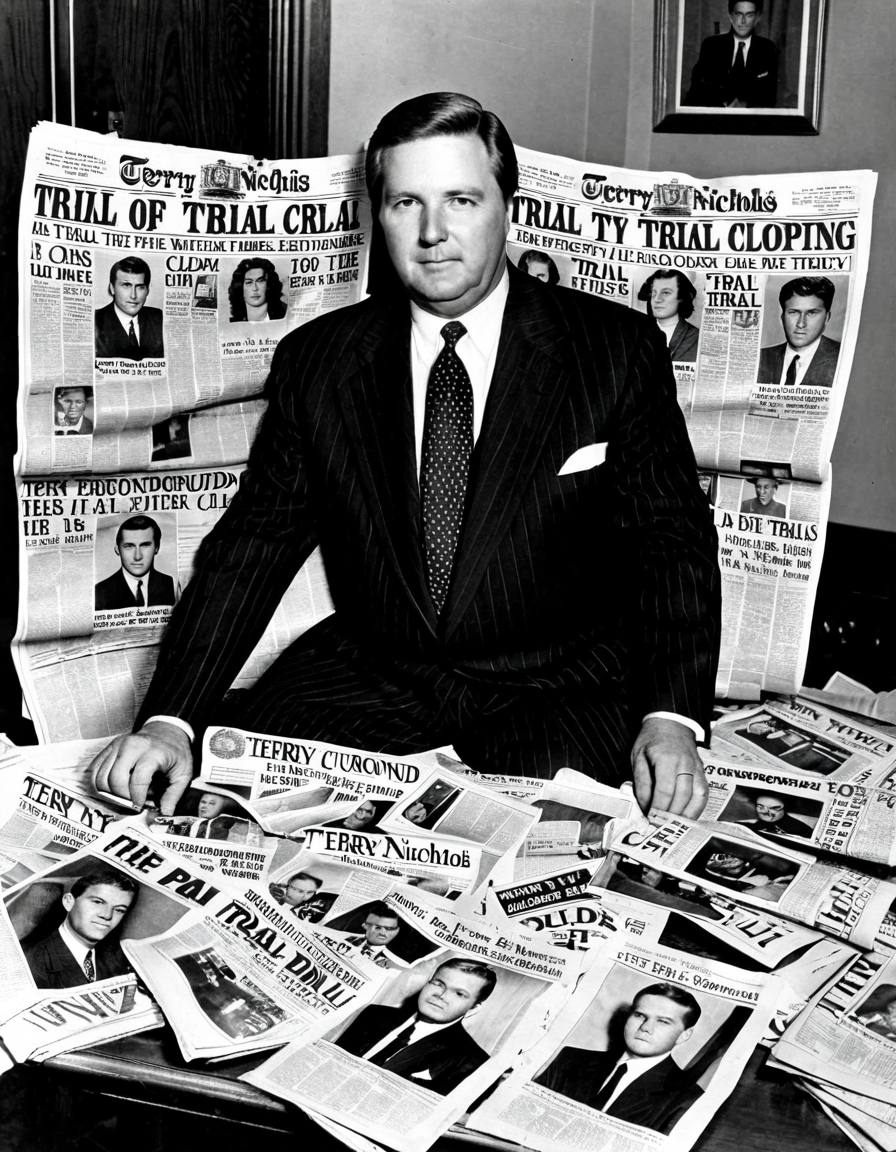
Terry Nichols’ Legal Journey: Trials and Tribulations
From Conviction to Sentencing
Following a lengthy trial, Terry Nichols stood convicted of conspiracy to use a weapon of mass destruction and eight counts of involuntary manslaughter. The evidence against him was overwhelming, including data linking him to the explosive’s construction. These proceedings highlighted the often tumultuous journey of justice, leaving families in want of closure.
Public Perception Shifts
Throughout the trial, public perception of Nichols shifted. At times, he appeared sympathetic; at others, he bore the brunt of outrage. The media’s portrayal of him often drew uncomfortable comparisons to high-profile cases, like O.J. Simpson’s, because of the sensational nature of the coverage. This saturation of public opinion is often driven not just by facts but also by narratives spun in the media.
Sentencing Differences with McVeigh
Nichols’ sentencing diverged sharply from McVeigh’s. While McVeigh faced execution, Nichols received a life sentence without parole. The legal interpretations of their culpability sent ripples through America’s justice system, raising questions about fairness, accountability, and the nature of punishment. These contrasts serve as case studies for ongoing discussions about justice in America.
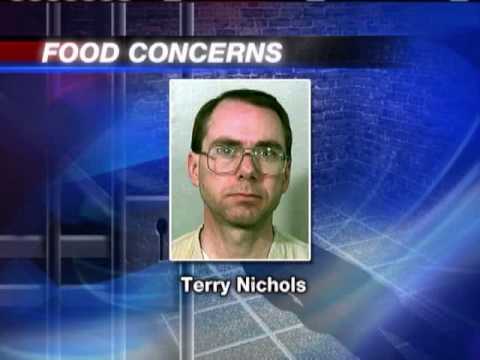
Reflections on Terrorism in America: The Legacy of Terry Nichols
Impact on Policy
The bombing ushered in a new era of anti-terrorism policy, driving legislative changes aimed at safeguarding American citizens. Stricter laws emerged focusing on countering domestic terrorism while emphasizing the importance of preserving civil liberties. Nichols’ drastic actions underscore a chilling warning, reminding us to guard against authoritarian impulses that sometimes accompany stringent security measures.
Continued Conversation on Extremism
Nichols’ story is more than a historical case; it’s a lens into how modern extremism works. Discussions continue about radicalization processes in America, with the rise of social media amplifying dangerous ideologies. Communities must engage critically with these narratives to combat extremism effectively, echoing sentiments that stress proactive outreach and education.
Cultural Impact
Films and documentaries have attempted to capture the horrors of that day, ensuring that Nichols’ infamy remains a part of contemporary discussions. With comparisons drawn between him and figures like Alan Thicke, whose legacy is rich with contrasting moral values, it’s important to remember what Nichols embodies—a cautionary tale against radicalization and the consequences that can ensue from unchecked ideologies.
Our Future: Learning from the Life of Terry Nichols
Preventing Future Violence
As America moves forward, we must draw lessons from Terry Nichols‘ life, emphasizing community engagement to prevent violence. Educating individuals about the dangers of radicalization, especially among vulnerable populations, is crucial in fostering a society that prioritizes constructive dialogue over division.
Marginalization of Extremist Ideologies
It’s essential to consciously marginalize extremist ideologies. Encouraging dialogues that challenge hate-filled narratives can foster community healing. By addressing radicalization at its roots, America can empower future generations to resist the allure of organized violence.
In closing, Terry Nichols serves as a stark reminder of how hate fueled by radical ideology yields catastrophic consequences. The Oklahoma City bombing profoundly scarred our nation, but understanding these narratives can lead us to a brighter path. We owe it to the victims to remember while advocating for a society grounded in accountability, justice, and respect for the diverse fabric of America.
Terry Nichols: The Man Behind a Tragedy
Unraveling the Life of Terry Nichols
Terry Nichols, known as one of the co-conspirators behind the 1995 Oklahoma City bombing, led a life that often seems cinematic. Interestingly, his early life included a childhood spent in Michigan, where he grew up with a fascination for firearms. Little did anyone know, this minor detail would become all too significant in later years. While the world was buzzing about events like the tragic death of Elvis Presley, which left a cultural void, Nichols’s journey moved in stark contrast as he became a symbol of chaos and violence. Speaking of cultural shifts, it’s worth noting how social Media And addiction have transformed our communications—much like how key events shape national narratives. In some ways, these platforms have allowed for a deeper analysis of figures like Nichols.
A Glimpse into His Backstory
Before infamy took hold, Terry Nichols experienced a series of life-changing events that shaped his mindset and decisions. He reportedly served in the Army and later dabbled in various jobs, but there was a nagging void he couldn’t fill. Just as modern audiences stream adaptations like the It Miniseries, highlighting darker narratives, Nichols’s life reflected a grim storyline filled with troubled choices. In contrast, the resurgence of classic tales from the past, such as “Little Women” or the charismatic life of Sean Diddy combs, only reminds us how histories can diverge wildly from one another.
Legacy and Reflection
After the devastating bombing, which claimed 168 lives, Nichols’s role sparked a plethora of discussions on public safety and domestic terrorism. Over time, Nichols became a study in contrasts—while many would prefer focusing on pop culture icons like Brittney Spears or celebrities like Richard Williams iii, his actions forced America to confront its own vulnerabilities. This complex narrative isn’t just about the incident itself; it stresses the societal issues that led to it. As we reflect on such events, we’re reminded of how pivotal moments make us reframe our understanding of safety and justice. It’s a somber reminder that history is full of intricate threads, each influencing the other, and raising questions about how we can learn from them moving forward.
